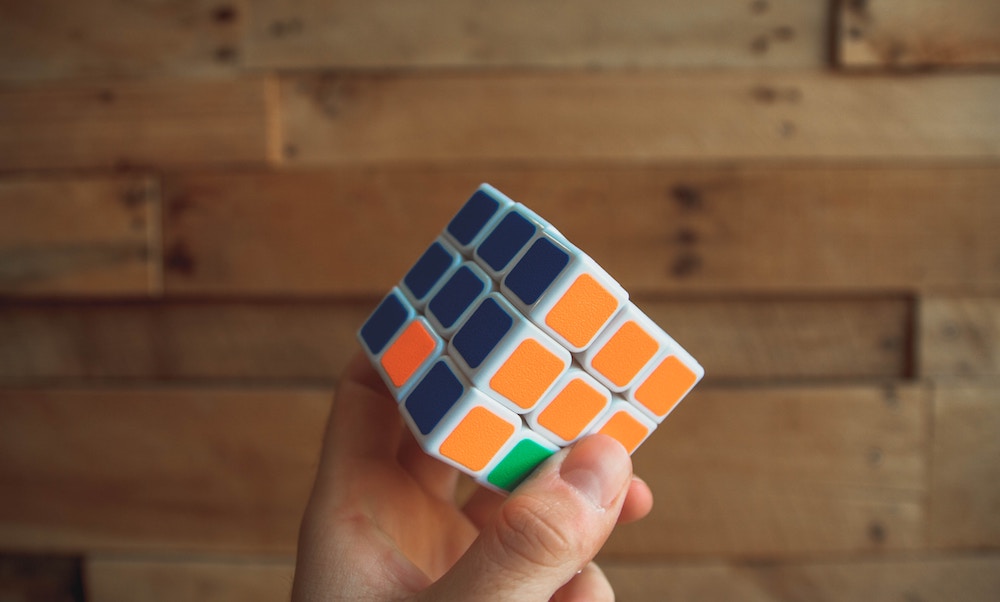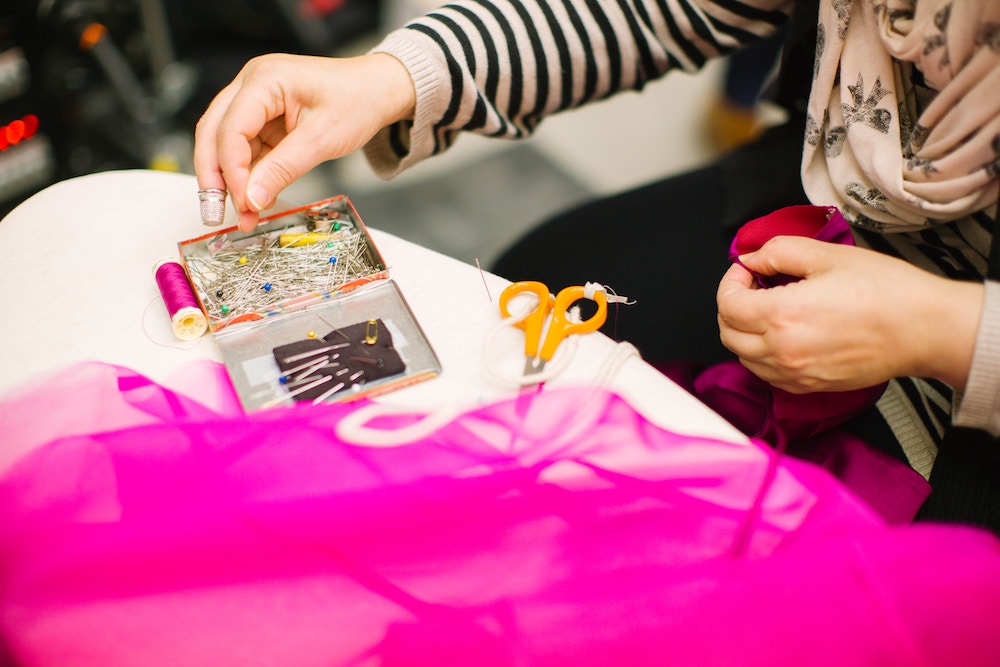
Do you ever get lost in thought when you’re engaged in an activity, and a spark of an idea flashes into your mind from a completely unrelated topic? Maybe you’re doing the washing up, and you solve that work dilemma that’s been bothering you all day. Or you’re fiddling with a Rubik’s Cube, and suddenly you realise, you get what happened in Inception. There could be more to these mindful moments than you think...
From the moment we’re born, we have an innate ability to grasp objects. We use our hands to explore our surroundings, we use them to comfort, create and connect with the new world around us.
So, it’s perhaps no surprise then that our hands can be incredibly powerful tools for our mind, helping us think more creatively and ease anxiety.
In Michael Ondaatje’s novel, The English Patient, the word “thinkering” was coined, linking the way we create and understand concepts in our mind with “tinkering”. This playful expression is used to describe when we use our hands to engage with something – whether it’s putting together a toy, doing the washing up, or even playing with a fidget spinner. And by utilising this connection, we can find mindful moments in everyday situations.
To understand why tinkering and thinking go hand in hand (pardon the pun), we need to explore the hand-mind connection.

The hand-mind connection
If our body parts were created proportionately to their respective cortex areas in the brain, we would look pretty different. Our hands and mouths would look comically big in comparison to the rest of our bodies, given that they are our tools for sensing the world around us. When you think back to the way babies like to grab things and put them into their mouths, this makes a lot of sense. I, for one, know it’s rare to find one of my childhood toys – or even old VHS cases, books, anything that was within reach – that isn’t covered in baby bite marks.
When we use our hands to “tinker”, we are engaging that part of the brain, generating sensory images in our minds. These images help us develop a deeper understanding of reality.
Essentially, this means we are able to think more creatively when we’re fiddling with an object. So, if you know someone who constantly clicks their pen in meetings at work, or rhythmically taps their fingers on their desk, they’re probably not trying to annoy you, but instead intuitively helping themselves to think more creatively.
In the psychology and biological science world, there is talk of a new idea that our thinking takes place throughout our whole body. This concept is called “embodied cognition”, and recognises that physical acts help us work out thoughts – something artists seem to have always instinctively known.
So, we know how our hands can be our ticket to more creative thinking, but how can our hands help our mental health?
Mindful movements
In the 19th century, doctors would prescribe knitting to help women struggling with anxiety. Ignoring the fact that men were apparently not offered the same prescription (that’s an article for another day), it seems we have always understood the calming effect of mindful activities.

“Colouring books, knitting, and even gardening, all have the ability to bring us into the ‘here and now’ in a similar way to meditation and mindfulness,” explains counsellor Vivienne Bonnett.
“Focusing on an activity helps to calm mind chatter that can sometimes make small anxieties feel bigger than they truly are.
“Using our hands to do creative activities can calm breathing, and help the body relax. It stimulates the production of endorphins – the brain’s mood enhancers.
“Pocket-sized, portable activities can be really helpful to distract from anxiety-provoking situations. If you’re an anxious traveller, having an activity to do (like a mindful colouring book) can help to take your mind off what is going on around you. This works by keeping your focus on the task, rather than engaging your mind in spiralling, unhelpful thoughts.”
Using our hands to increase mindfulness and ease anxiety is just one way that getting hands-on can benefit our mental health. Vivienne says these types of activities also boost our self-esteem and help us cultivate a sense of achievement. These qualities are only enhanced when we connect with others.
“There are small social groups popping up now that encourage people to connect over creative activities,” Vivienne notes. “One of the greatest benefits to mental health is to talk about worries rather than bottle them up. Doing an activity with others can help build the ‘real life’ support networks that are so often lost in an age of social media and online connections.”
So, it appears that while our eyes may be the “window to our soul”, it’s our hands that are our passports to creativity and relaxation. Better get thinkering.

